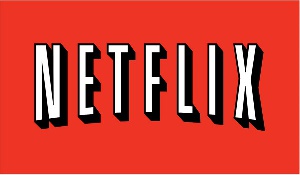Subscription video-on-demand service Netflix charges have dropped after the company changed its billing for Kenyan customers from the US dollar to the local currency.
Netflix has reviewed its rates to Sh700 for the basic package, Sh950 for standard and Sh1,200 for the premium package.
The company was previously charging $7.99 (Sh803), $9.99 (Sh1,000) and $11.99 (Sh1,200) for the basic, standard and premium packages respectively.
The biggest price cut is on the basic package which has dropped by up to Sh100 on the new Kenya shilling billing.
Netflix is, however, yet to adopt the preferred mobile money payment model, requiring a PayPal account, debit card or a credit card.
Its main competitor Showmax was the first to adopt the local payment models and offers a separate package for mobile-only users tapping into the largest part of the subscriber base.
Showmax, whose rates are also in Kenya shillings, has two plans in Kenya — Mobile-only for Sh375 and Standard for Sh750.
The service was the second video-on-demand offering in Kenya after Netflix which opened up its services to most of the world beginning 2016.
Netflix remains Showmax’s biggest competitor locally and this has informed Showmax’s latest strategy of offering more exclusive and local programmes.
The online video platforms have become a popular alternative for the consumption of programming, their adoption fuelled by improved internet access across the country.
The latest data from the Communications Authority (CA) shows that mobile data subscriptions in Kenya are currently at 52.01 million.
“The internet market in Kenya has continued to exhibit positive growth over past years,” CA said in the latest quarterly telecommunications industry report.
“Some of the factors contributing to this growth include increasing population coverage of 3G and 4G networks, availability of affordable smartphones and data plans, and increasing consumption of e-commerce, e-government, social media and other online content.”
Africa Business News of Monday, 3 February 2020
Source: nation.co.ke

















